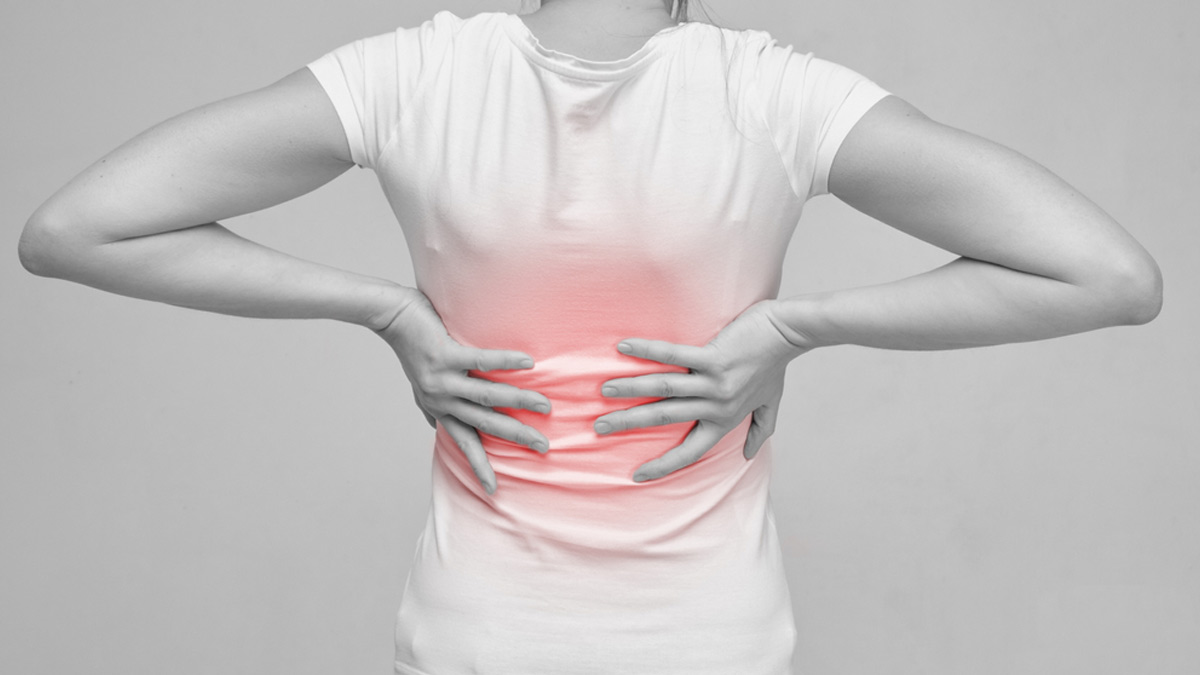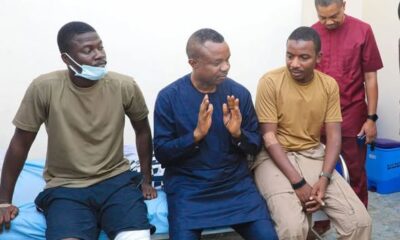Low back pain is one of the most common short- and long-term complications experienced by women after childbirth. Orthopaedic surgeons and physiotherapists note that LBP accounts for 32 per cent of the global burden of postnatal complications, often persisting for months or even years, after delivery.
Describing LBP as pain occurring between the lower edge of the ribs and the buttocks, the World Health Organisation notes that it can be acute (short-term), sub-acute (lasting slightly longer), or chronic (long-term).
According to a WHO report on June 19, 2023, low back pain affected 619 million people globally, a number projected to rise to 843 million by 2050 due to population growth and ageing. The global health body also states that LBP is the leading cause of disability worldwide, affecting people of all ages, with prevalence peaking between ages 50 and 55.
Causes of low back pain
A Consultant Orthopaedic Surgeon at Abia State University Teaching Hospital, Aba, Dr Isaiah Abali, explained that LBP is not caused by a single condition but a combination of disorders. He said, “LBP is the second most common neurological disorder after headache. Humans are bipedal and meant to stand upright, which makes our lumbar vertebrae critical for balancing body weight. During pregnancy, women gain weight and retain water, which adds pressure to the lower back.”
The consultant further noted, “Pregnancy itself adds extra weight. For instance, if a woman weighs 70kg and her baby weighs 3kg, that is additional weight resting on her lower back, explaining why LBP is common during and after childbirth.”
For prevention, he recommends maintaining a healthy weight and staying active, adding, “Inactivity leads to weight gain, which is a risk factor for low back pain.”
Physiotherapist Bridget James of Smart Care Massage, Lagos, supports this view, noting that LBP is inevitable but manageable.
“It’s common among people with sedentary lifestyles, which puts pressure on the spine. The spine is meant to stay erect, but sitting for long periods can cause strain. Treatment depends on the cause; some cases require medical attention, while others can be managed with lifestyle changes,” she said.
Tips for prevention and management
Stay active – Walk to balance your muscles
Experts advise new mothers to remain physically active. “If your job keeps you seated for long periods, take breaks to walk and stretch to balance your muscles. Avoid fatty foods, alcohol, and cigarettes. Exercise moderately and eat healthily. Most cases of LBP can be managed conservatively, but cases involving nerve dysfunction require a multidisciplinary approach,” Dr Abali said.
Support your pelvic floor
After childbirth, abdominal muscles often weaken and separate (diastasis recti). Rebuilding core strength gently is key. Avoid crunches or planks initially; focus on deep belly breathing, pelvic tilts, and transverse abdominis activation. Weak pelvic floor muscles can worsen back pain, so consider seeing a pelvic floor physiotherapist, even after a C-section.
Listen to your body, not just the baby
A consultant gynaecologist at the Epe Federal Medical Centre, Dr Cynthia Okafor, advises mothers, saying, “It’s easy to ignore your own needs when focused on the baby, but rest when your body feels tired. Don’t push through pain. Give your body time to heal as it continues to recover for months after birth. Be patient and consistent with small healthy habits, and seek help when needed. Mental and emotional health is as important as physical recovery.”
Maintain proper posture while breastfeeding
She also recommends sitting upright while breastfeeding. “Use chairs with back support, keep baby supplies at waist level, and use a footstool if sitting for long periods. Poor posture during feeding, diaper changes, or bathing adds strain to your back.”
Pharmacological treatments
When lifestyle adjustments aren’t enough, medication may be required. Pain relievers targeting peripheral and central neurological pathways, along with muscle relaxants, can be used. Physical therapy is also effective for those preferring non-pharmacological approaches or recovering from injuries, according to a study published by the National Library of Medicine titled ‘Back Pain’ by Vincent Casiano and colleagues.
Low back pain after childbirth is common but manageable with proper care, physical activity, and support. Early attention, combined with patience and consistency, can significantly reduce discomfort and improve long-term postnatal health.
punch.ng
FOLLOW US ON:






























